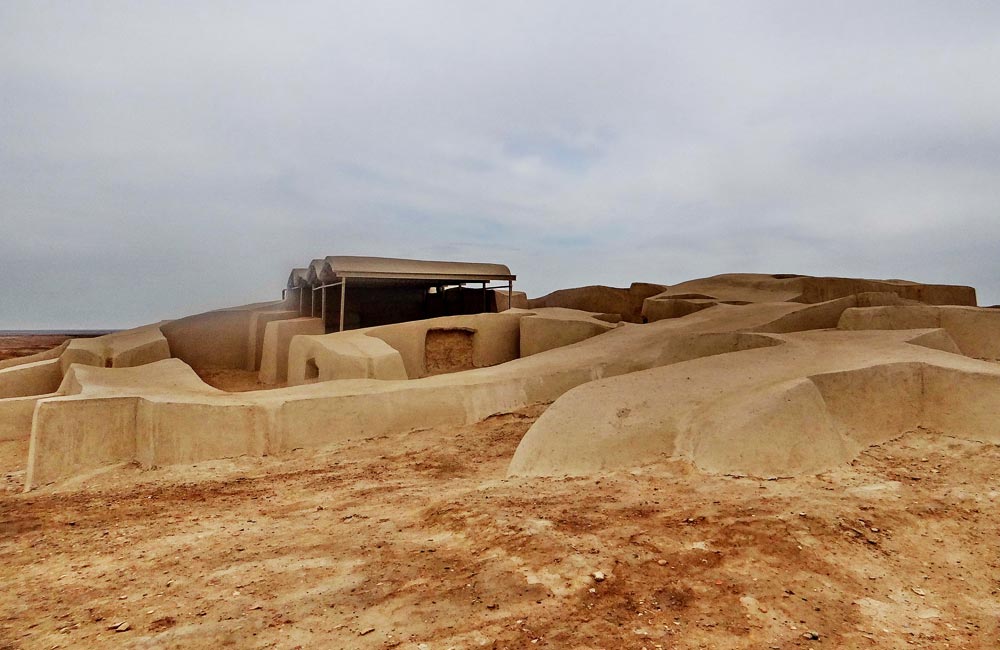Founded in prehistoric Persia, circa 3200 BC, Shahr-e Sukhté translating to “Burnt City” of the Bronze Age lays mysteriously quiet, awaiting the eager attention of archaeologists and travellers. Also spelled as Shahr-e Sukhteh and Shahr-i Sokhta, this Bronze Age urban settlement, associated with the Jiroft culture, is one of the earliest societies known to humankind. The archaeological site which is the city is absolutely littered with ancient objects and artifacts. The artifacts discovered here show a strange inconsistency with those of nearby civilizations at that time. In being so they have given rise to the theory that Shahr-e Sukhté may just be the verification of a civilization east of prehistoric Persia, independent of ancient Mesopotamia. As of July 2014, it has been recognized as an official UNESCO registered World Heritage Site.
First discovered by Aurel Stein early 1900’s, in today’s Sistan Baluchistan province, excavations of this site began in 1967 by Istituto Italiano per l’Africa e l’Oriente (ISIAO). While digging through the vast mysterious land archaeologists had, among 151 hectares, found that the indigenous settlement had a divided urban architecture. After discovering an enormous graveyard with 25,000 – 40,000 antiquated graves, they found that the people of this city had separate areas for their dwellings, production/manufacturing and burial. Through the uncovering of relics and bones and the observation of the urban structure, it has been suggested that the people of the Burnt City were civilized people, who were farmers and craftsmen.
So far, among the uncovered artifacts, those of noticeable importance are: The world’s earliest artificial eyeball; found with the remains of a female, the eyeball is made of a very light material and is covered with a thin layer of gold which engraved with an iris and several lines, like that of the sun’s rays, the oldest backgammon board, pair of dice; made of bone, caraway seeds; evidence of agriculture and type of food they ate, a human skull; with evidence of the practice of brain surgery, a chalice; with evidence of the world’s first depiction of animation and many more bones, teeth, objects…etc.
Since its initial excavation by ISIAO, it has been taking over by the Iranian Cultural Heritage and Tourism Organization, which has constantly been finding new artifacts since the late 1970’s. Studies are currently underway in both Iran and Britain, as scientists are eagerly examining bone and teeth of the buried, at the enormous cemetery. These burial ground have been providing great amounts of significant artifacts that have been well preserved, compliments to the arid desert condition. The information being constantly discovered at this city shines light on the development and intercultural communication of complex societies.
City/Town: Zabol / Sistan Baluchestan
Address: Shahr-e Sukhte, Opposite of Ramshad Industrial Town, Zabol
Operating Days: Everyday
Operating Hours: Available
Typical Price: Free
Neighbourhood: Ramshad Industrial Town



Comment